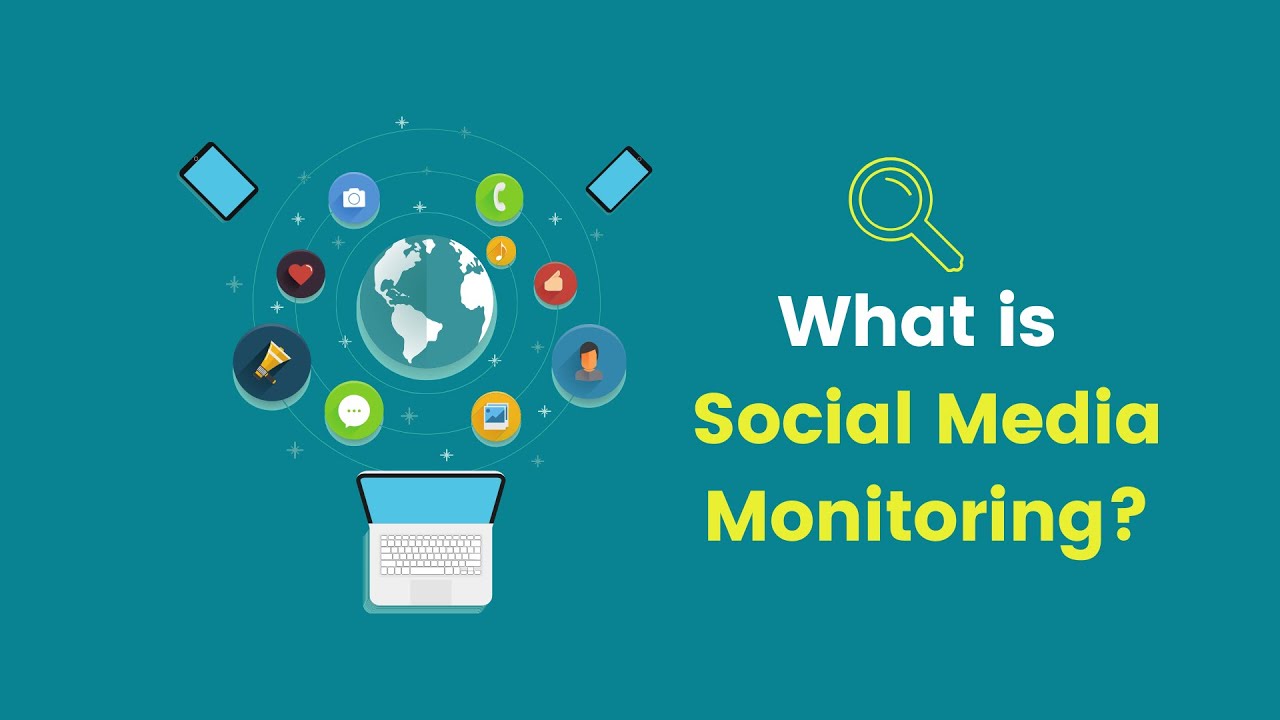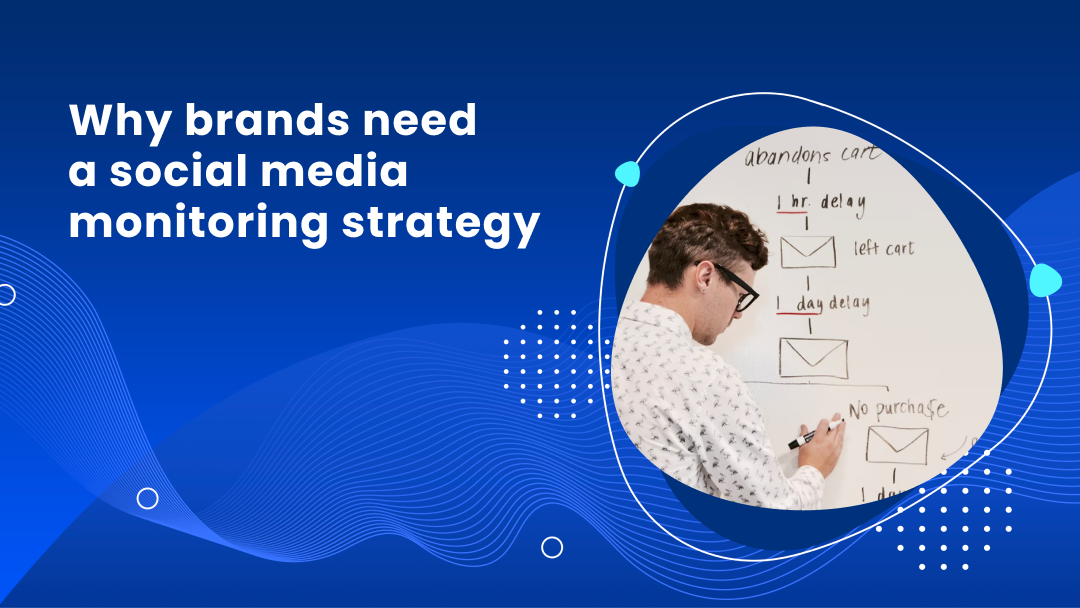In an era dominated by digital communication, understanding the pulse of social media is imperative for businesses aiming to thrive in the competitive landscape. Welcome to the realm of Social Monitoring Strategy, a strategic approach that goes beyond mere presence to actively engage and respond to the dynamics of online conversations.
Social Monitoring Strategy: Unleashing Digital Success Through Insightful Engagement

A. Definition of Social Monitoring
Social monitoring involves the systematic tracking and analysis of online conversations to gain valuable insights into consumer sentiments, industry trends, and competitor activities.
B. Importance of a Social Monitoring Strategy
A well-crafted social monitoring strategy is the key to unlocking a treasure trove of data that can inform decision-making, enhance brand reputation, and foster meaningful connections with the target audience.
Components of a Social Monitoring Strategy
A. Social Media Listening Tools
Investing in robust social media listening tools is the foundation of an effective social monitoring strategy. These tools help track brand mentions, relevant keywords, and trending topics across various platforms.
B. Keyword Tracking
Understanding the keywords associated with your brand and industry is crucial for staying relevant in search engine results and monitoring conversations aligned with your business.
C. Competitor Analysis
Analyzing competitors’ social media activities provides valuable insights into market trends, customer preferences, and potential gaps in your strategy.
D. Sentiment Analysis
Determining the sentiment behind social media mentions helps gauge the overall perception of your brand, allowing for proactive reputation management.
Setting Objectives for Social Monitoring
A. Identifying Goals
Establish clear objectives for social monitoring, such as improving customer satisfaction, tracking marketing campaign performance, or identifying potential crises.
B. Metrics for Evaluation
Define measurable metrics that align with your objectives, ensuring a systematic evaluation of the success of your social monitoring efforts.
Implementing Social Monitoring
A. Selecting the Right Tools
Choose social monitoring tools that align with your business goals, considering factors like user-friendliness, data accuracy, and real-time capabilities.
B. Creating a Monitoring Schedule
Establish a consistent monitoring schedule to ensure timely responses to online conversations and the ability to adapt strategies swiftly.
C. Team Collaboration
Encourage cross-functional collaboration within your team, ensuring that insights from social monitoring are effectively integrated into broader business strategies.
Handling Data and Insights
A. Organizing Data Effectively
Implement a systematic approach to organizing and categorizing the vast amount of data generated through social monitoring.
B. Extracting Actionable Insights
Transform raw data into actionable insights that inform decision-making, allowing agile responses to emerging trends and issues.
Responding to Social Signals
A. Crisis Management
Develop a crisis management plan to address and mitigate the impact of negative conversations, ensuring a proactive and transparent approach.
B. Engaging with Positive Feedback
Acknowledge and engage with positive feedback to foster a sense of community and loyalty among your audience.
C. Addressing Negative Feedback
Respond tactfully to negative feedback, demonstrating a commitment to addressing concerns and improving the customer experience.
Adapting to Trends
A. Staying Updated with Industry Trends
Regularly update your social monitoring strategy to align with evolving industry trends and consumer preferences.
B. Adjusting Strategies Accordingly
Be prepared to adapt your strategies based on the insights gained from social monitoring, ensuring ongoing relevance and effectiveness.
Measuring ROI of Social Monitoring
A. Evaluating Success
Regularly assess the success of your social monitoring efforts by measuring key performance indicators (KPIs) and adjusting strategies accordingly.
B. Iterative Improvements
Implement iterative improvements based on the data and insights gathered, ensuring a continuous enhancement of your social monitoring strategy.
Challenges
A. Dealing with Information Overload
Strategically filter and prioritize the data gathered to avoid information overload, focusing on actionable insights.
B. Balancing Automation and Human Intervention
Strike a balance between automated processes and human intervention to ensure a personalized and authentic engagement with your audience.
Future of Social Monitoring
A. Emerging Technologies
Explore the potential of emerging technologies, such as artificial intelligence and machine learning, in enhancing the capabilities of social monitoring.
B. Anticipating Changes in Social Media Landscape
Stay ahead of the curve by anticipating changes in the social media landscape and proactively adjusting your monitoring strategy accordingly.
Conclusion
In conclusion, a well-executed social monitoring strategy is not just a necessity but a powerful tool for businesses navigating the complexities of the digital landscape. By actively listening, engaging, and responding, companies can harness the true potential of social media to foster brand growth and resilience.
Experience the Power of Social Monitoring with AIM Technologies! Request a demo today to elevate your digital strategy and stay ahead of the curve.
FAQs
A. How often should I monitor social media?
- Regular monitoring is crucial; daily checks are recommended for timely responses to trends and issues.
B. Are there free social monitoring tools available?
- Yes, several free tools offer basic social monitoring features, though premium options provide more comprehensive insights.
C. What are the common mistakes to avoid in social monitoring?
- Avoid neglecting negative feedback, over-relying on automation, and failing to adapt strategies based on evolving trends.
D. How do I handle negative comments effectively?
- Respond promptly, empathize with the concerns, and offer solutions publicly or privately, depending on the nature of the feedback.
E. Can a social monitoring strategy boost brand reputation?
- An effective strategy enhances brand perception, builds trust, and allows for proactive reputation management.




